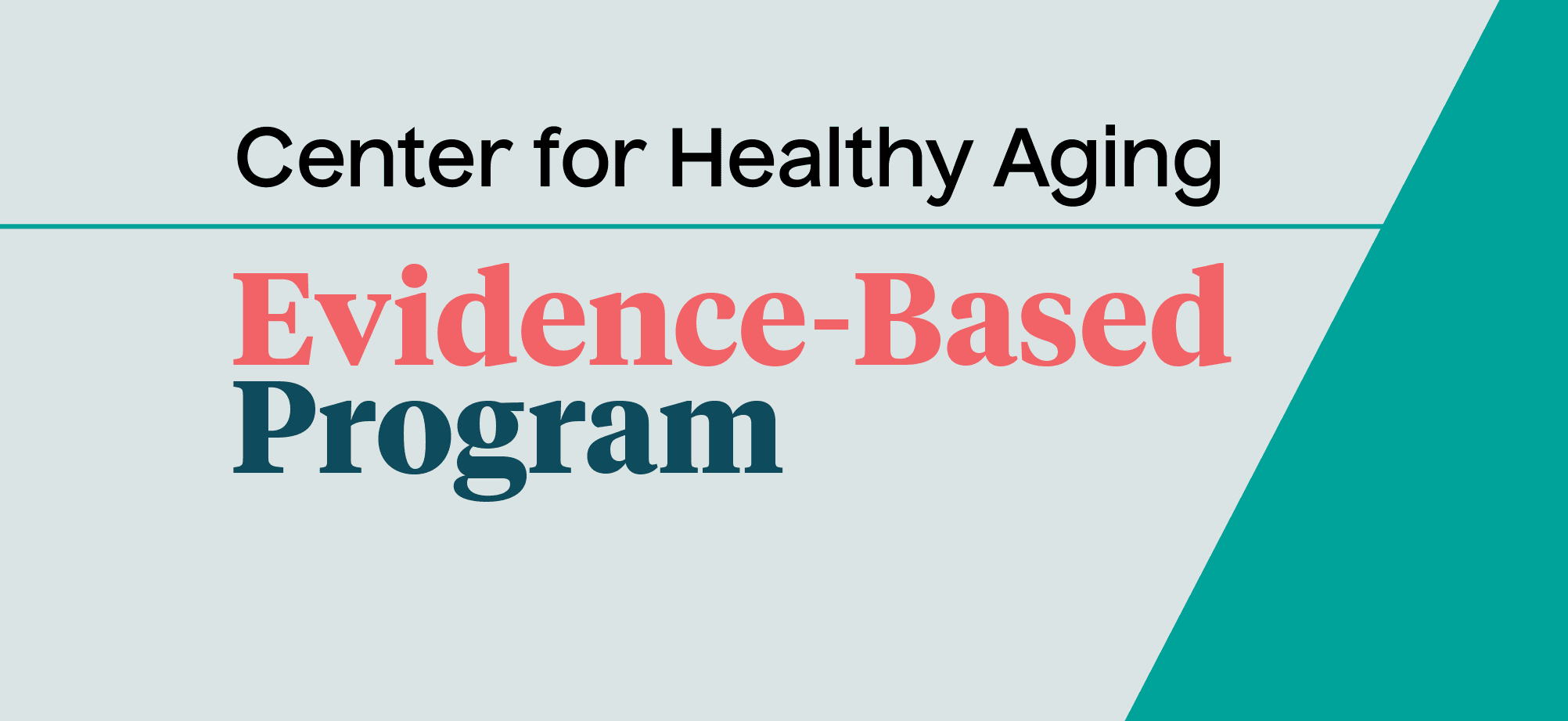Evidence-based Falls Prevention Programs Risk Continuum Guidance for Program Selection
10 min read

Community providers, clinicians, and older adults should think about falls risk as a continuum. This document illustrates the spectrum of falls risk as a continuum as determined by self-reported and/or clinical findings. While all evidence-based falls prevention programs have demonstrated a reduction in falls risk factors, per the Administration for Community Living’s Older Americans Act Title III-D criteria, not all falls prevention programs target the same outcomes. For example, some programs focus primarily on exercise to improve balance and strength, while others include educational and discussion-based components that help participants reduce their risk. Offering multiple programs to address different levels of risk should be considered when identifying and proposing evidence-based falls prevention programs in the community. This reflects a more comprehensive approach to falls prevention.
Decisions on program adoption should be based on the following:
- The needs of the community and target population(s)
- A thorough review of the program costs and operation, as well as implementation site readiness
- Current programs being implemented and ability to build on what is being offered
- Number and type of partners that can be leveraged
- The likelihood of the program being sustained after the grant award period has ended through new funding sources and/or being embedded into routine operations and budget at host and implementation sites.
This document includes a figure to illustrate a falls risk continuum for Older Americans Act Title III-D approved evidence-based falls prevention programs. Based on published self-reported and clinically observed falls risk factors, the ACL-funded National Falls Prevention Resource Center at the National Council on Aging developed this resource to assist organizations in selecting evidence-based falls prevention programs.



